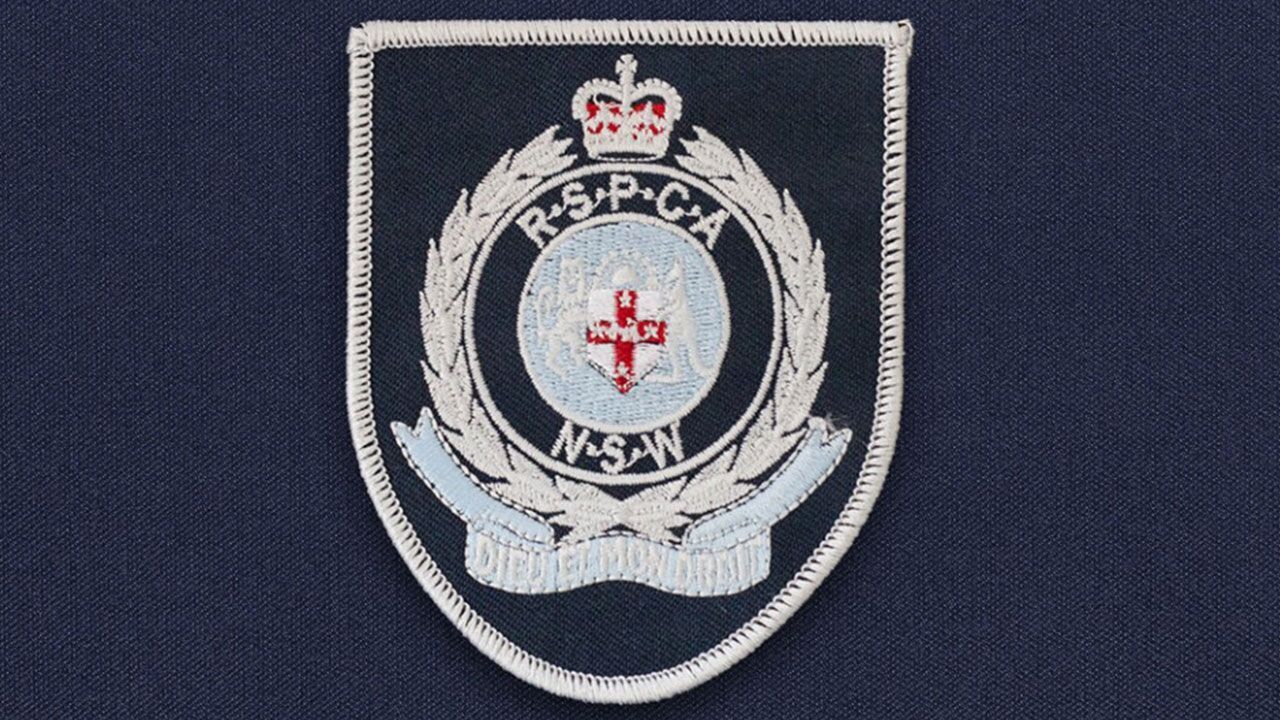Guide dogs and their handlers are leading the return to the public transport network to mark the launch of a new Guide Dogs Victoria tram, and all Victorians are being encouraged to do the same.

Guide Dogs Victoria and the Department of Transport have partnered to promote the role guide dogs and public transport play in helping people with low vision or blindness move around the community safely and independently.
Launching the new tram ahead of International Guide Dog Day, Department of Transport Chief of Metro Surface Transport, Fiona Adamson said everyone, including people who are blind or have low vision, should feel safe and confident to travel on public transport.
“Public transport is particularly important for the independence of people who are blind or who have low vision, and we are working with organisations such as Guide Dogs Victoria during coronavirus to ensure they have confidence in the network.”
Guide Dogs Victoria CEO Karen Hayes said a key part of training future guide dogs was to take them on public transport to familiarise them with the sights, sounds and smells of different environments such as trams.
“We’re grateful to have the support of the Department of Transport in encouraging everyone to safely return to public transport and highlighting the access rights Guide Dogs have on trains, trams and buses. This helps enable freedom and independence that is vital for people with low vision or blindness,” she said.
In Victoria, guide dogs and dogs-in-training have access rights and are allowed to ride on all public transport, while people with low vision or blindness can travel for free if they have a Vision Impaired Travel Pass.
Guide dog handler Stephanie Campbell said she had been feeling anxious about catching public transport due to the coronavirus pandemic, but is feeling more comfortable now she is back on the network after 12 months.
“Unfortunately my guide dog, Rocky, doesn’t understand what physical distancing is, and being blind I have to touch a lot of surfaces to help me navigate my surroundings.
“I am happy to say that I caught public transport for the first time in 12 months a couple of weeks ago and with the protocols that are in place and low community transmission, I feel more and more confident each day,” Stephanie said.
The Guide Dogs Victoria tram features empowering images of people with low vision or blindness living life to the fullest, as well as the charity’s iconic namesake: guide dogs.
The design incorporates accessibility features, including high-contrast graphic patterns on doors that highlight them for people with low vision, and colour combinations for people who are colour blind.
International Guide Dog Day on 28 April celebrates the important role guide dogs play in supporting people all around the world with low vision or blindness to achieve their goals and live independently.
How you can help:
- If you see a person with a working guide dog in public, especially on public transport, give them space of 1.5 metres.
- Never pat, feed, whistle or otherwise try to distract a working guide dog.
- If you think someone needs assistance, always ask the person first and never touch grab or pull them without warning.
- Working guide dogs-in-harness, as well as guide dog puppies and dogs-in-training have access rights to ride with their handlers on public transport throughout Victoria.








